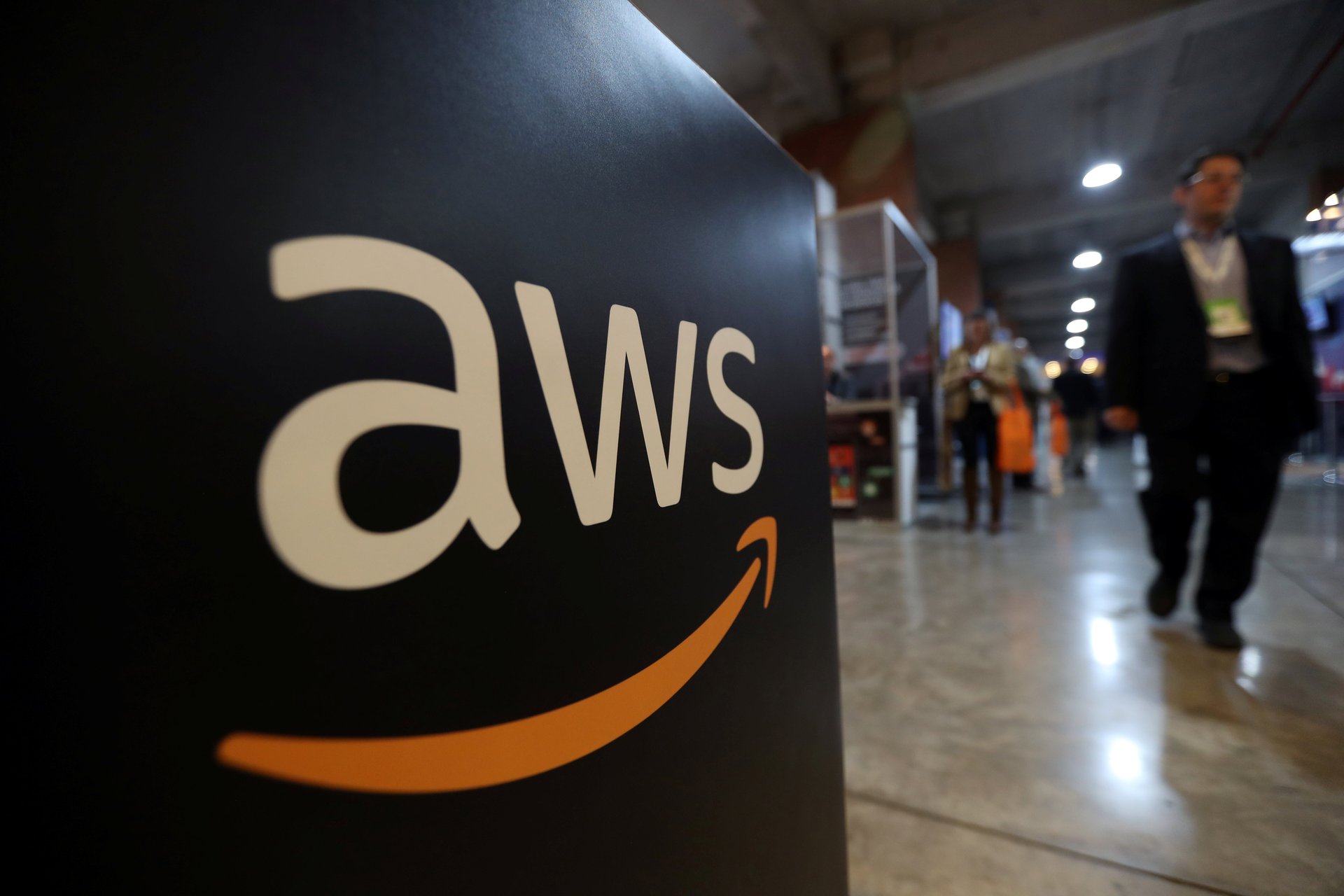Amazon Web Services brought in more money than McDonald’s in 2018
Golden arrow beats golden arches.


Golden arrow beats golden arches.
For the fourth quarter, Amazon reported $7.43 billion in revenue from its cloud-computing business, up 45.3% from the same period a year earlier. For the full 2018 year, AWS brought in $25.7 billion, a 47% jump on the 2017 year.
To put that in context, Amazon’s cloud-computing business in 2018 took in a bit less than all of Mondelez International, the multinational snack and beverage conglomerate, which reported $25.9 billion in revenue for the year ended Dec. 31. It is barely less than the $25.8 billion in revenue Macy’s generated in all of 2017 (Macy’s hasn’t reported full year results yet for 2018). It’s more than the $21 billion in revenue McDonald’s booked in 2018, or the $22.7 billion taken in by Qualcomm during its 2018 fiscal year.
Amazon Web Services, in other words, is the size of a large and fully independent company.
For a while, it looked like Amazon Web Services (AWS) was plateauing.
From the second quarter of 2015 to the third quarter of 2017, the rate of growth in revenue from Amazon’s cloud-computing business slowed. That was somewhat to be expected: the bigger any portion of a business gets, the harder it is to maintain spectacular growth rates. Anyone can grow their business 100% year-over-year when it only brings in a tiny bit of revenue.
On the other hand, the trend didn’t look great. AWS is one of the most important pillars of Amazon’s business, producing most of its profit. The deceleration in revenue looked especially worrisome compared to the growth numbers Microsoft was putting up with its competing Azure product: 93%, 93%, 98%.
But then in the second half of 2017, Amazon turned things around. For a handful of quarters, revenue growth for AWS slowly crept up. As for fourth-quarter 2018 results Amazon reported today (Jan. 30), revenue growth in AWS didn’t really slow or speed up. Instead, it was—and still is—remarkably steady.